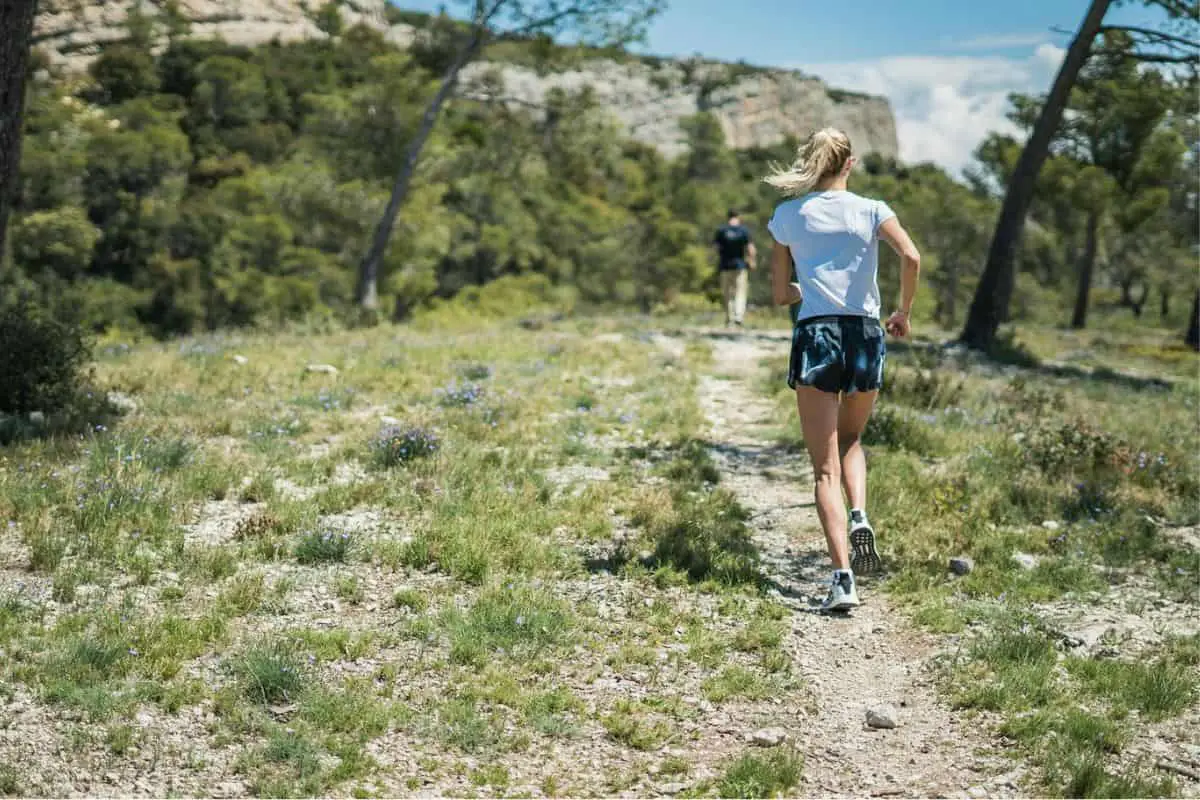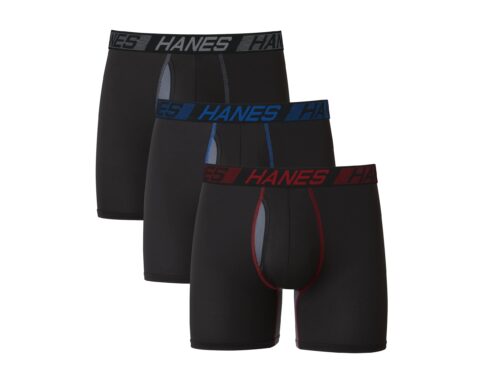Embarking on a trail with a backpack or hitting the pavement in your running shoes are both effective ways to boost your physical fitness and mental well-being.
Whether you choose the rugged paths of hiking or the speed of running, each offers distinct health benefits that cater to different fitness goals.
- Hiking is a perfect way to strengthen your muscles and improve your cardiovascular endurance at a steady pace, while also offering the tranquility of nature which can enhance your mental health.
- Running, on the other hand, is a high-intensity exercise that effectively strengthens your heart health, increases your aerobic capacity, and burns calories at a quicker rate.
You shape your fitness regime based on how these activities align with your personal health and fitness objectives.
It’s essential to consider the impact each has on physical health, as running often demands more of your joints, whereas hiking offers a lower impact alternative that still challenges your body.
Beyond the physical aspects, both hiking and running contribute positively to your mental health. The endorphins released during these activities are natural mood lifters, fostering a sense of accomplishment and reducing stress.
As you decide between lacing up your hiking boots or your running shoes, consider not just the calorie burn or cardiovascular benefits, but also which activity you are more likely to enjoy and stick with, as consistency is key for long-term health and well-being.
Physical and Mental Health Benefits
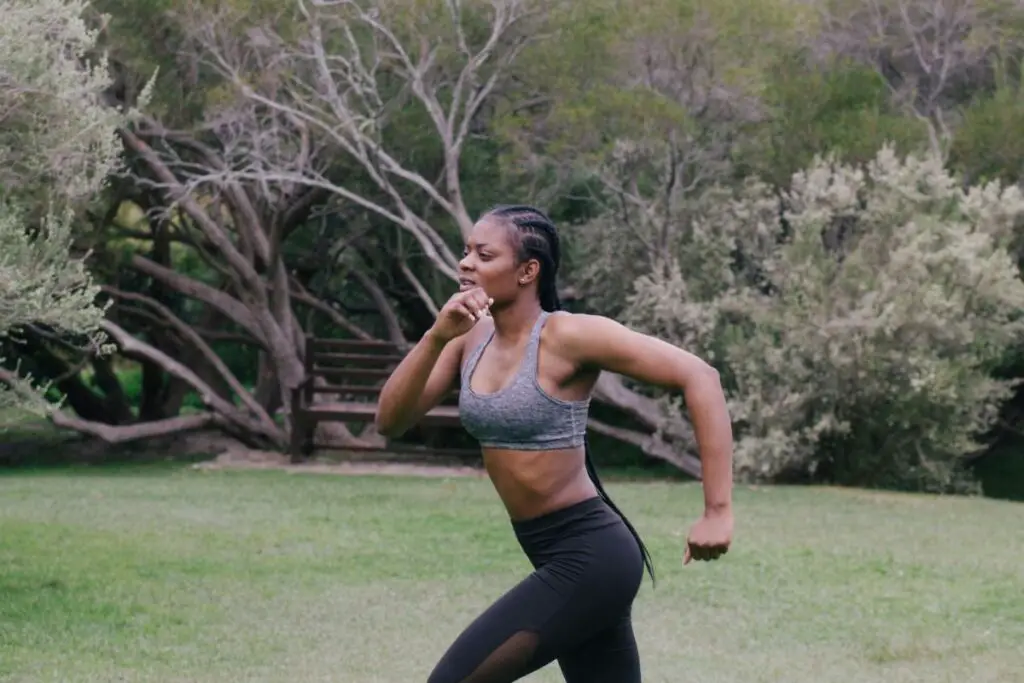
When comparing hiking and running, your selection can have diverse effects on your body and mind.
The activities differ primarily in intensity, impact on joints, and the scenery you’ll enjoy, but each has notable benefits for cardiovascular health, muscle strength, mental well-being, and weight management.
Cardiovascular Health and Fitness
Your heart rate increases during both hiking and running, which can lead to improved cardiovascular fitness.
Running typically burns more calories, enhancing cardio health and endurance. Hiking, especially on varied terrain, also boosts your heart rate and can efficiently lower blood pressure over time.
Muscle Strength and Endurance
Hiking engages your body’s stabilizing muscles, particularly around your hips, knees, and ankles, contributing to improved balance and strength.
In contrast, running primarily targets the larger muscle groups and is more of an aerobic exercise that can help with muscle endurance over prolonged periods.
Learn More – Is Hiking Aerobic or Anaerobic?
Mental and Emotional Benefits
Both activities release endorphins, which act as natural stress relievers. Regular engagement in these activities can lead to reductions in anxiety and stress levels.
Hiking allows you to connect with nature and can be particularly beneficial for your mental health due to the tranquility of natural settings.
Weight Management and Calorie Burn
Running generally results in a higher calorie burn rate, which can be effective for weight loss.
Hiking’s varied terrain can still help you burn a considerable number of calories while you enjoy the outdoors. Both are excellent for overall health benefits when included in a balanced lifestyle.
Need to know – Will hiking burn belly fat and Is hiking good for weight loss?
Comparing Hiking and Running
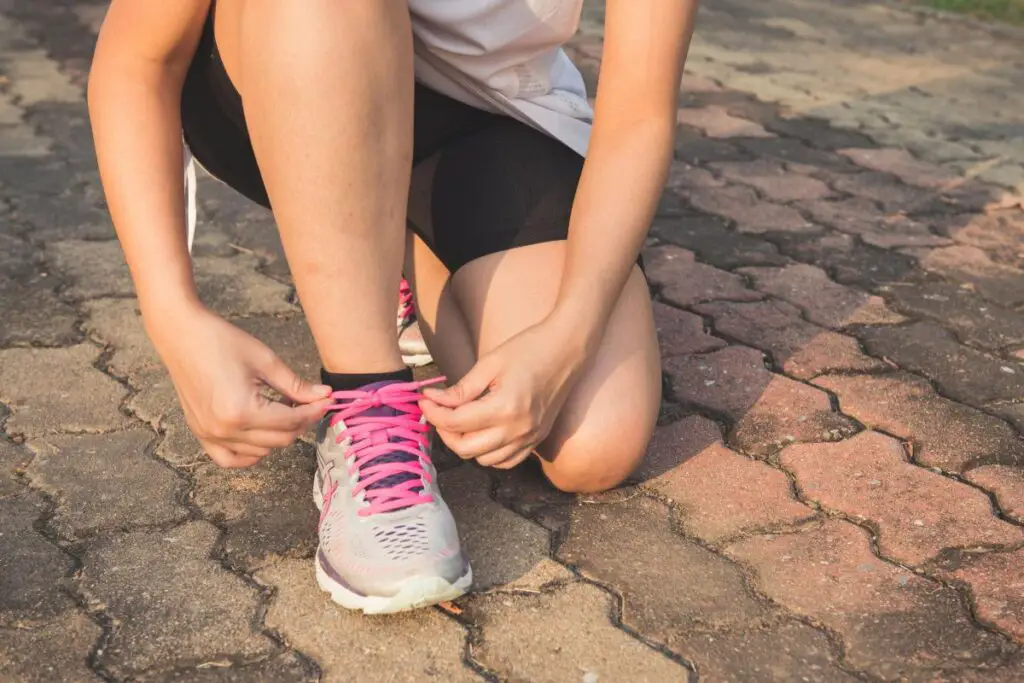
In distinguishing between hiking and running, you’ll need to consider factors such as terrain, intensity, and risk of injury.
Each has its benefits and challenges that cater to different preferences and physical conditions.
Terrain and Accessibility
Hiking: You traverse nature trails, which can range from smooth, well-maintained paths to rocky, uneven terrain. Accessibility varies widely; some trails are near urban areas, while others require travel to remote locations. Proper footwear is crucial to navigate these surfaces and protect your feet.
Running: Typically takes place on smoother surfaces like pavement, tracks, or treadmills, making it more accessible on a daily basis. Running shoes are designed to absorb impact on these hard surfaces, which is vital for joint health.
Intensity and Impact
Hiking: Often considered a low-impact activity, hiking allows you to control your intensity level. It can be a leisurely walk or a strenuous climb, depending on the trail’s incline and roughness. The varied terrain can engage different muscle groups more dynamically than a flat surface.
Running: This is a high-impact exercise with continuous, repetitive motion, especially on hard surfaces like pavement. It demands more cardiovascular endurance and can lead to a higher calorie burn rate in a shorter period compared to hiking.
Injury Risks and Prevention
Hiking: Despite being low-impact, uneven terrain increases the risk of ankle twists or falls, making it essential to wear sturdy, supportive hiking boots. Nonetheless, the varied motion can reduce the risk of overuse injuries common in repetitive activities.
Running: High-impact nature makes runners more susceptible to joint stress, particularly in knees and hips. Injuries such as shin splints, runner’s knee, and stress fractures are risks. To prevent injuries, invest in quality running shoes, practice proper form, and incorporate rest days into your routine.
Find out 🚶 How to Strengthen Knees for Hiking?
Equipment and Preparation
To optimize your outdoor experience, whether hiking or running, equipping yourself with the right gear and adopting suitable training techniques are essential steps.
Appropriate Gear and Clothing
Hiking:
- Shoes: Invest in a sturdy pair of hiking boots that offer good ankle support, cushioning, and grip for varied terrain.
- Clothes: Opt for moisture-wicking fabrics and layers that you can add or remove according to the weather.
- Backpack: A backpack with enough capacity for your water, food, and possibly a tent is crucial for longer hikes.
- Other Essentials: Consider trekking poles for balance and reducing strain on knees, and always carry a map and compass or GPS.
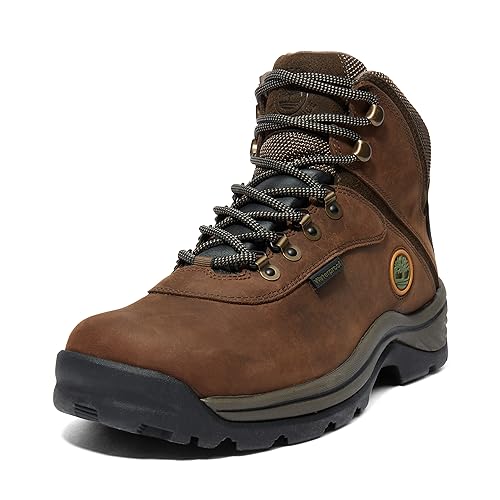
| Item | Description |
|---|---|
| Hiking Boots | Must provide ankle support and grip |
| Backpack | Should be ergonomically designed with capacity for essentials |
| Trekking Poles | Useful for balance and support on uneven terrain |
Running:
- Shoes: Choose running shoes that provide ample cushioning and are specifically designed for the surface you’ll be running on.
- Clothes: Lightweight, breathable clothes are best to allow for maximum movement and comfort.
- Hydration: A running belt or light vest to carry water and small personal items is beneficial for longer distances.

| Item | Description |
|---|---|
| Running Shoes | High-quality cushioning and suited for the surface type |
| Running Belt/Vest | For carrying water and personal items easily |
Training Techniques
Hiking:
- Strength Training: Incorporate exercises for your legs, upper body, and core to handle the physical demands of hiking.
- Balance: Practice activities like yoga to improve balance, which is vital when traversing uneven terrain.
Running:
- Good Form: Focus on maintaining a good form to prevent injuries, especially on your joints.
- Physical Activity: Include a variety of physical activities in your routine to improve overall fitness and running performance.
| Activity | Benefit |
|---|---|
| Strength Training | Builds endurance and muscle for challenging terrains |
| Balance Exercises | Enhances stability to navigate variable landscapes |
By gearing up with the appropriate equipment and honing your body through targeted training techniques, you’ll be better prepared to tackle the challenges and enjoy the rewards of hiking and running.
Lifestyle Integration and Motivation

When you’re considering integrating physical activity into your lifestyle, both hiking and running provide substantial benefits.
Your choice may hinge on how these activities fit into your daily routine and the type of motivation that keeps you moving.
For Running:
- Pace: You typically set your own pace which can flexibly fit into a busy schedule.
- Distance: Whether a quick sprint or a long endurance run, you control the ground you cover according to your fitness level.
- Cardiovascular Benefits: Running is a vigorous cardiovascular exercise that can help in improving overall fitness rapidly.
Running Motivation:
- The intensity of running can quickly release endorphins, providing a “runner’s high.”
- Tracking your pace and distance can lead to a sense of accomplishment.
- It’s an exercise that’s easily accessible and requires minimal equipment.
For Hiking:
- Nature: Engaging with natural landscapes can be a strong motivator.
- Exercise: It is a low-impact physical activity that combines overall fitness with the exploration of the outdoors.
- Walking & Trail Running: Options vary from leisurely walking to challenging trail running, tailored to your fitness level.
Hiking Motivation:
- The scenic diversity of hiking trails offers a refreshing change from urban environments.
- Hiking with groups provides a social component that can foster community and support.
- The duration you spend hiking can extend comfortably, allowing for more sustained physical activity.
When deciding between hiking and outdoor running, consider your personal goals, the environments that inspire you most, and the kind of physical and social experiences that will keep you engaged in the long term.
Frequently Asked Questions

In this section, you’ll find targeted answers to common questions about the nuances between hiking and running, from weight loss effects to the technical differences in gear.
Is hiking or running more effective for weight loss?
Hiking can contribute to weight loss and is a low-impact exercise, which might be suitable for longer durations. However, running generally burns more calories per hour, making it potentially more effective for weight loss in shorter periods.
What are the differences between hiking and trail running shoes?
Hiking shoes are usually designed with durability and support in mind, with stiffer soles and higher ankle support. Trail running shoes are lighter and more flexible, geared towards providing more responsiveness and speed.
Can hiking serve as an adequate substitute for running in a fitness routine?
Yes, hiking can substitute running for cardiovascular benefits. It’s particularly useful for cross-training and for those looking to reduce joint stress while still working on stamina and muscular strength.
